There is a lot of war going on.
There has always been a lot of war going on.
A few years back I wrote a story on Snowshoeing around Sarajevo for Destinasian magazine. During that trip, I got to experience the quiet winter wonderland in the mountains of Bosnia and Herzegovina, and received the warm hospitality of the people that were with me.
Some of them were children during the four year Siege of Sarajevo, whose childhood were marred by the war that scarred them but also made them into the strong individuals they are today.
I couldn’t tell their stories for my assignment then. So I am telling it now.
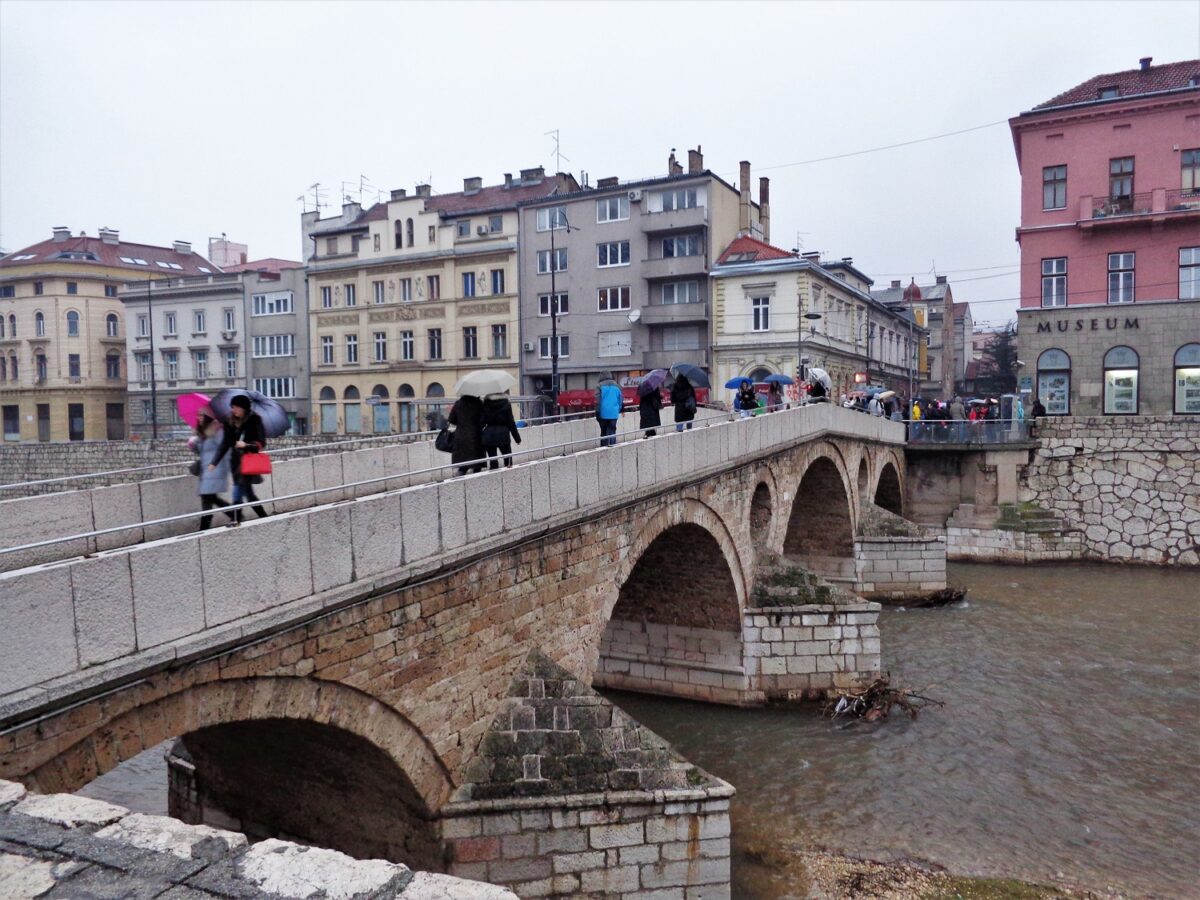
War children
There is a saying that much of our history are told by victors. Which means, our history books really only teaches us one side of the story.
Similarly, all of the war experience are told by adults. Adults whose points of view are biased by their own education and political alliance, whose stories are really only told to those with similar education and political alliance.
In a way, all these stories are censored or self-censored, depending on who you talk to.
Children on the other hand, see things differently. They don’t yet know the difference between cultures, colours, gender and politics. Unless already brainwashed by their own kin, all the children want to do is to play with each other. When they experience war, they understand it from a less complicated point of view.
“Why are these people hitting us?”
“Why do we have to hide?”
“…but we didn’t do anything wrong, why did they take our house?”
“Why is my friend dead? He only just played on the swing.”
They don’t know it yet, but these memories become trauma that they will carry for the rest of their lives as they become adults and supposedly ‘know better’. Some of them can’t cope and end up depressed and killing themselves. Others, like the guides who accompanied me on my snowshoe adventure, became advocates of peace.
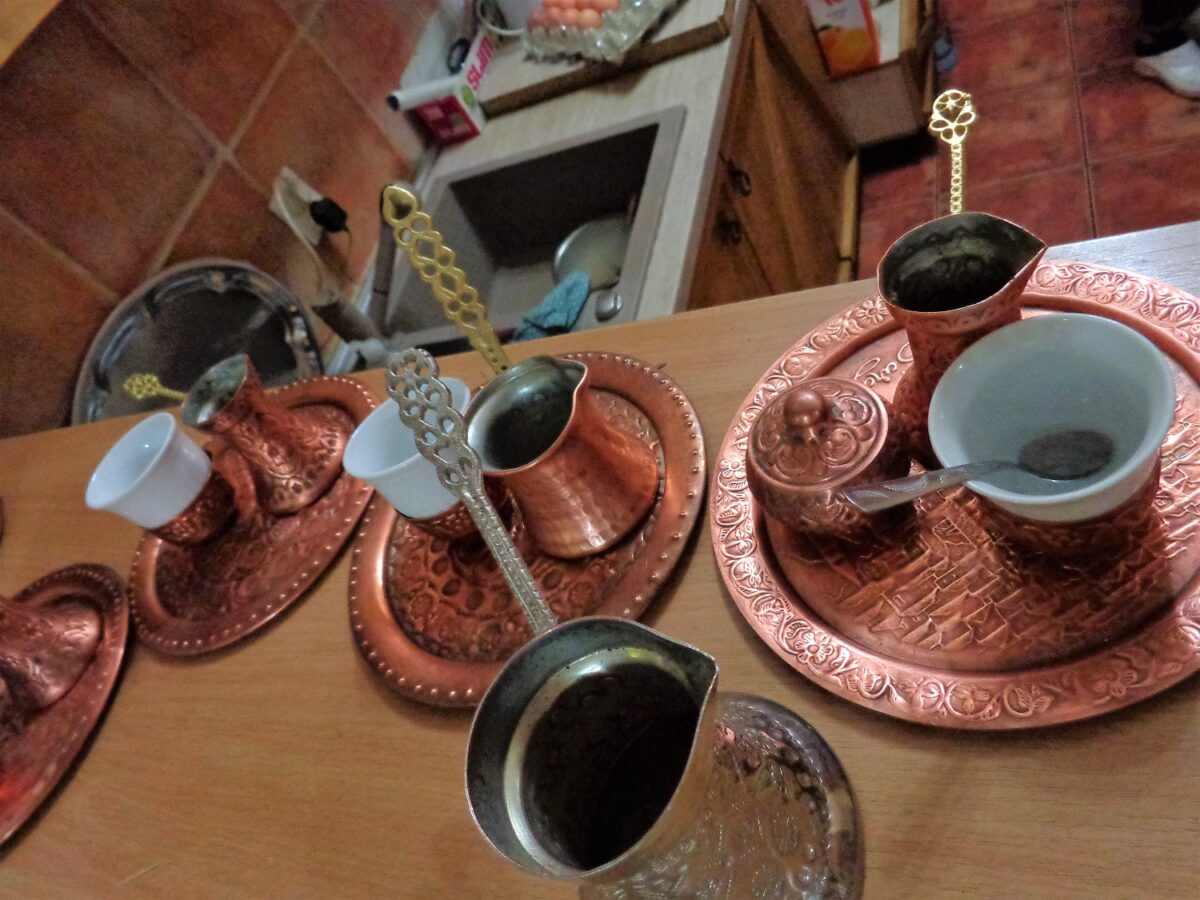
The War Children of Sarajevo
The Siege of Sarajevo happened during the Bosnian War when the city was besieged by the Yugoslav People’s Army and the Army of Republika Srpska for four years between 5 April 1992 to 29 February 1996.
“Let’s just say it wasn’t a boring time,” smiled Lorenc Konaj, my guide on the tour. “I am making a joke, because black humour is what really keeps our spirits high, even now.”
For those who haven’t been to Sarajevo, it is a beautiful city, crammed with mosques, churches and synagogue, often all within a few blocks of each other. One half of the city is heavily influenced by the Ottoman Empire and the other half, in full Austro-Hungarian style. Many of the buildings are still peppered with bullet holes, and there are reminiscence of war everywhere you look.
“When we were younger, we had neighbours who were Christians, Jews, and Muslim. We got used to the idea that some people go to church on Sundays, and some families go to their synagogue on Saturdays while some prayed five times a day,” he continued. “As children, you just accept it for what it is, never would you think that you couldn’t be friends with these people.”
“Well, until you get older and start learning politics.”
Sabina Redzovic, who was 31 at the time I met her, is a Sarajevo local, who was 5 when the war began. She remembers a granade had exploded at school right in front of her. While no one was killed in that incident, she was thrown back against the wall by the blast and her friend had lost a leg and never wanted to come to school again.
She also remembers the horror she felt when she learned that what she saw of the stray dogs on the streets sniffing around the bodies on the streets, were in fact the dogs eating the brains of the corpses of those who died by sniper attack.
To this day, she still has issues with sounds of blasts, which makes celebration days difficult for her.
“Although the funny thing is, I had fond memories too,” she said smiling, her calmness betrayed by a drop of stray tear. “We collected empty shells off the streets and played with them. Ok, maybe it doesn’t sound so much fun, but at the time it was all we had to play with.”
“I also had my first taste of peanut butter! It was dropped from the sky by Americans, and even now, I consider peanut butter my comfort food.”
War Childhood Museum
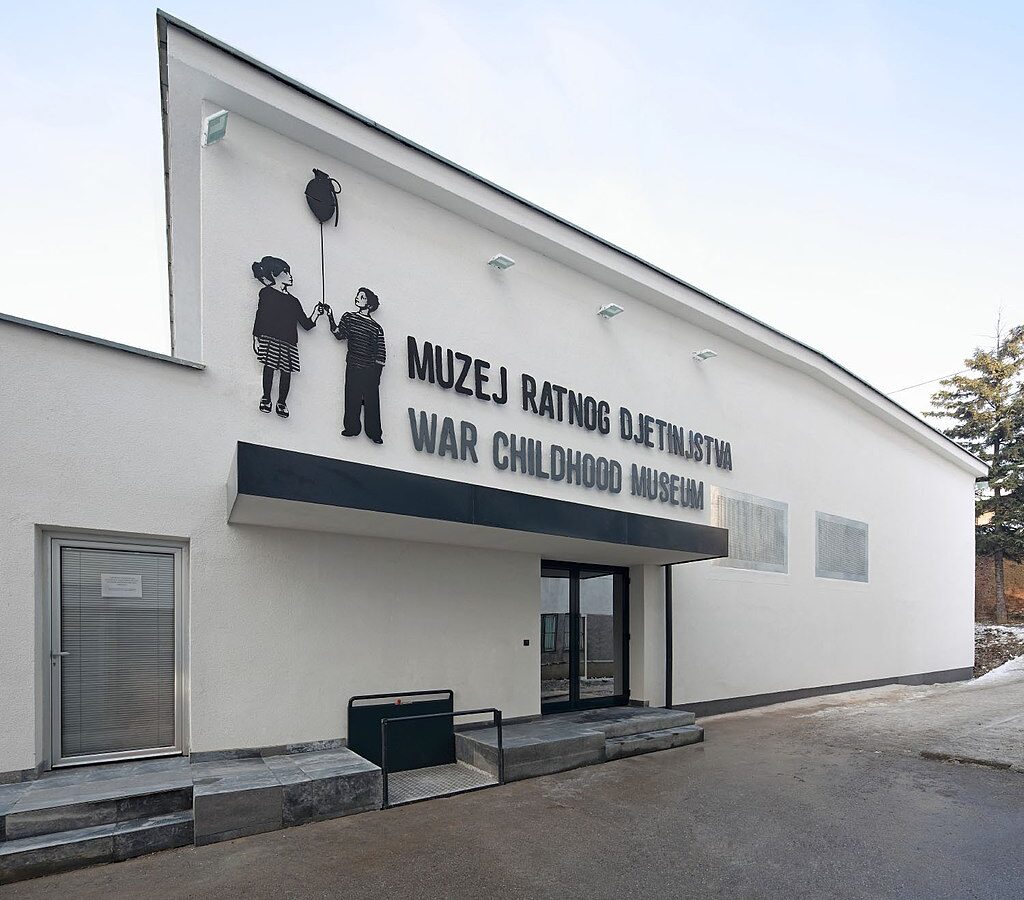
A new kind of war museum opened in 2017 in Sarajevo to share the experiences of those like Lorenc and Sabine, who lived through their childhood with memories of the war.
The War Childhood Museum exhibit 50 objects of everyday items that meant something to the children. A packet of American peanut butter, a bullet shell, a dead brother’s ID card, a letter from the military office to the children’s parents, a can of Coca-Cola. The descriptions were very matter of fact, as a child would describe why they treasured such things.
“It tasted like honey and happiness” read one.
“I don’t remember my brother (who gave her the doll), he was only a little bit older than me. They took him from my mother’s arms and killed him” read another.
Walking through this museum is very emotional, even when I have never lived through a war. To think that these people are my age. This happened during my lifetime. And that there are so many children still going through the same thing right now, somewhere in this world (reported or unreported). It saddens me, but it also brings a small hope.
People in Sarajevo felt optimistic. They want to make the most of peace. They look forwards, not back.
And all I can wish for is that the war children of now – from Yemen, from Ukraine, from Iraq, Afghanistan, Ethiopia, Congo…. (this sad list goes on) – should they survive, that they will be the pillars of peace and the pillars of change.
Visit warchildhood.org
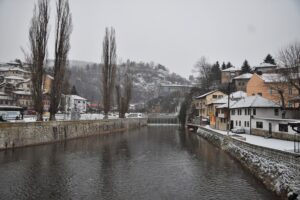
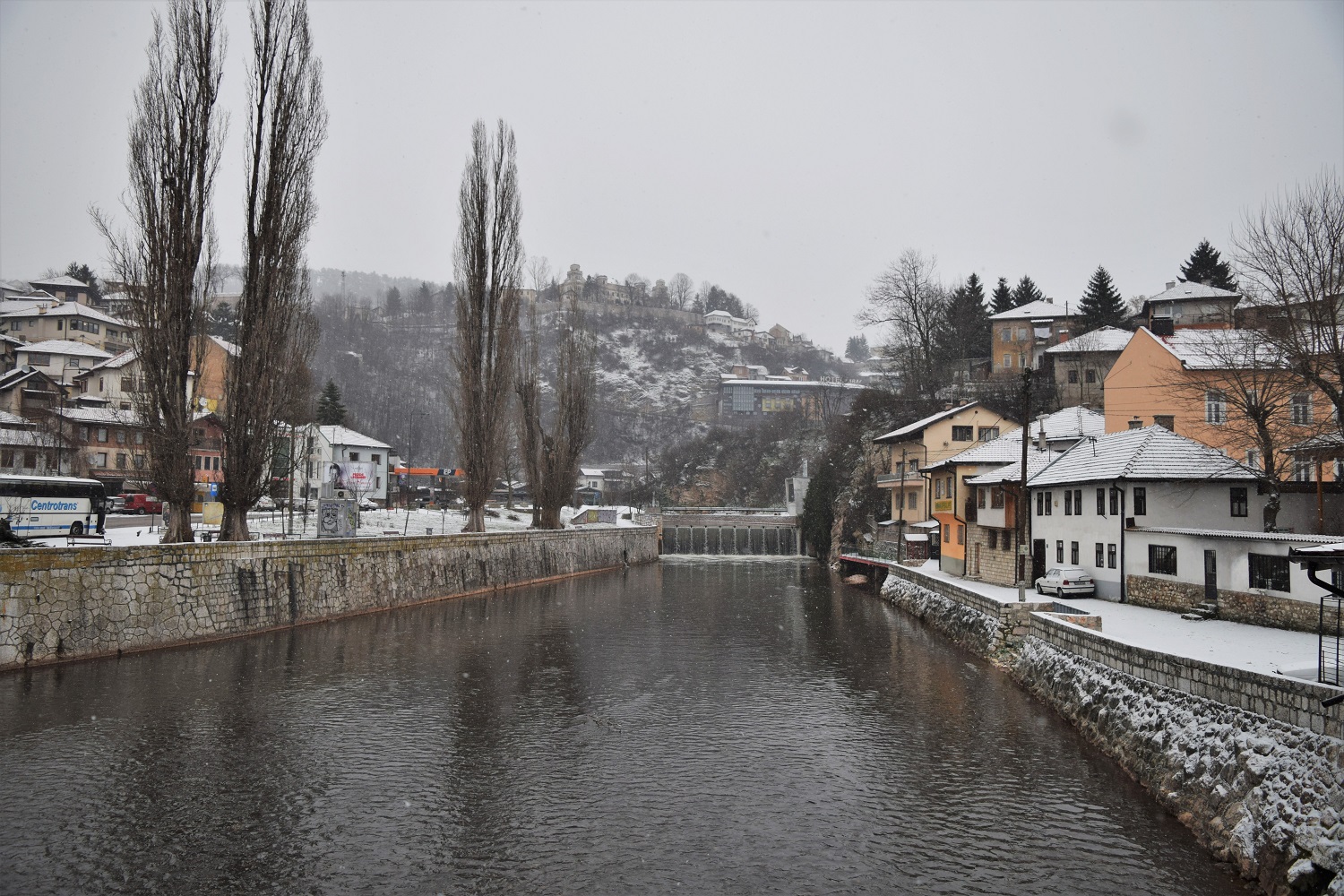
 What is it like scuba diving in the Maldives?
What is it like scuba diving in the Maldives?
Share your thoughts below!